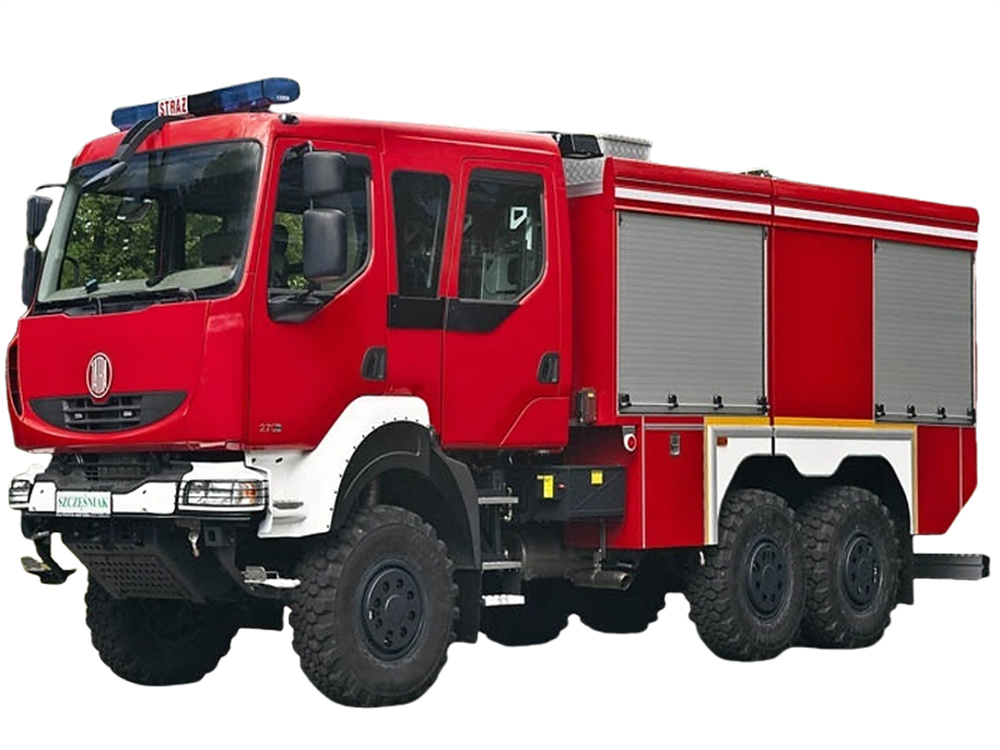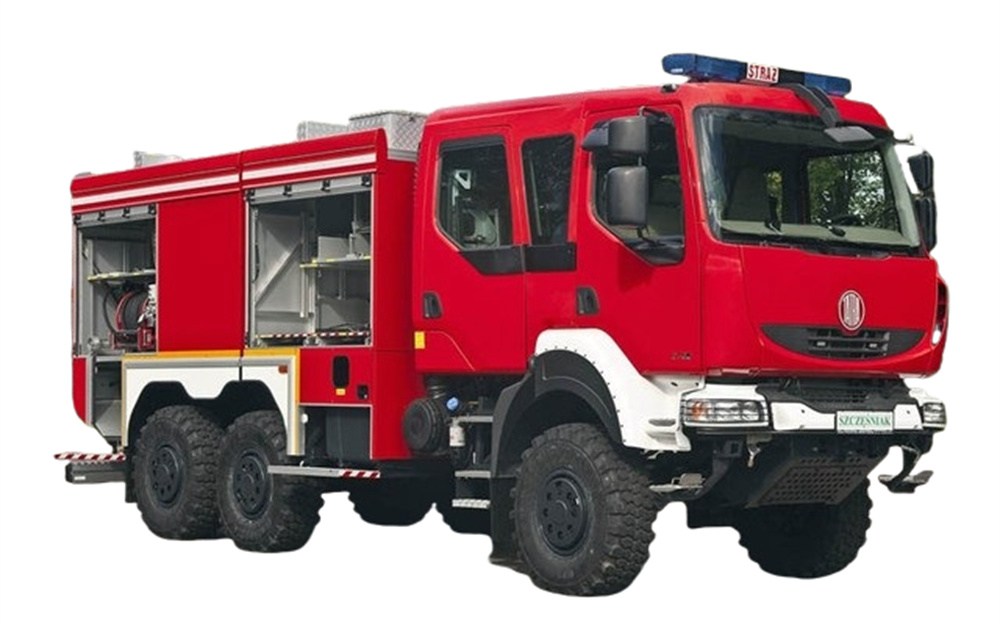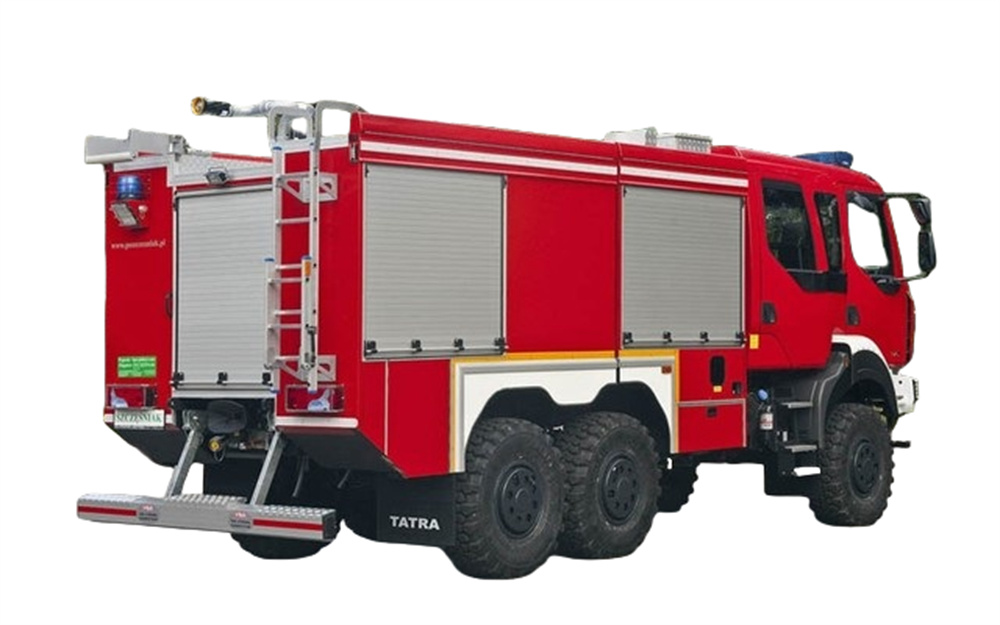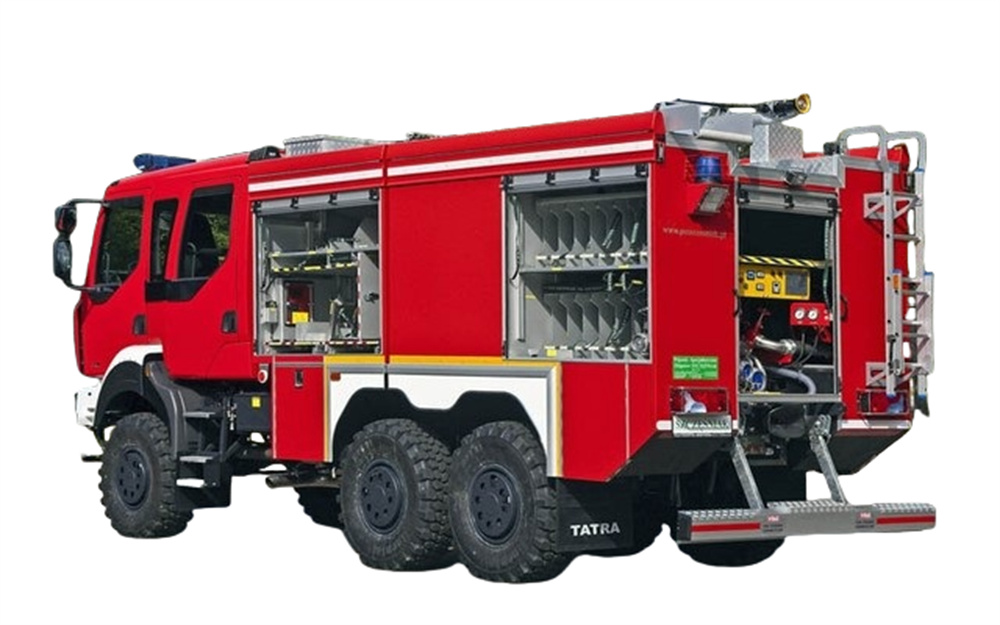


The growing adoption of 6x6 fire trucks in municipal fire departments stems from their enhanced operational versatility and adaptability to modern urban challenges. Unlike traditional 4x4 models, 6x6 configurations provide superior weight distribution, enabling these vehicles to carry heavier loads—critical for cities requiring simultaneous transport of water tanks, rescue gear, foam systems, and advanced firefighting tools. With urban infrastructure becoming denser, fire departments prioritize apparatuses capable of navigating narrow streets while maintaining stability during high-speed responses.
The additional axle improves maneuverability on uneven terrain common in industrial zones or disaster sites, reducing rollover risks by 22-27% compared to standard designs, as noted in a 2023 International Fire Safety Journal study.6x6 fire truck represents an advanced all-terrain firefighting vehicle engineered for extreme operational demands.
Characterized by its six-wheel-drive configuration, this specialized apparatus delivers superior traction and load-bearing capacity compared to conventional 4x4 models. The chassis integrates a reinforced steel frame with aluminum-alloy body panels, optimizing structural integrity while minimizing weight. Power typically derives from a turbocharged diesel engine exceeding 400 horsepower, coupled with an automatic transmission featuring multiple drive modes for varied terrain adaptation.

The vehicle's 6-wheel independent suspension system enables exceptional maneuverability in urban environments and rugged landscapes alike. Core firefighting components include a 5,000-6,000 liter water tank paired with a high-pressure centrifugal pump capable of discharging 3,800 liters per minute at 10 bar pressure. An integrated foam proportioning system allows precise chemical agent mixing for diverse fire types.

Classification of 6x6 Fire Trucks
Drive Configuration and Mobility
A 6x6 fire truck features six wheels, all powered by the engine, ensuring superior off-road traction and load-bearing capacity. This configuration is ideal for navigating rugged terrains, such as wildfires in forested regions or disaster zones with collapsed infrastructure. Enhanced differential locks and reinforced suspension systems enable stable operations on uneven surfaces.
Fire Suppression System Specialization
These vehicles are classified based on their firefighting mechanisms. Some prioritize water-based suppression, integrating high-pressure pumps (3,000–5,000 L/min) and extendable turret nozzles for aerial firefighting. Others employ foam or dry chemical systems for industrial or aviation emergencies, targeting flammable liquids or electrical fires.
Ancillary Operational Roles
Beyond fire suppression, 6x6 trucks are customized for auxiliary functions. Rescue-oriented units include hydraulic cutters, spreaders, and aerial ladders for technical extrications. Command center variants house advanced communication systems, drone launch pads, and climate-controlled cabins for crisis management.


You may be interested in the following information